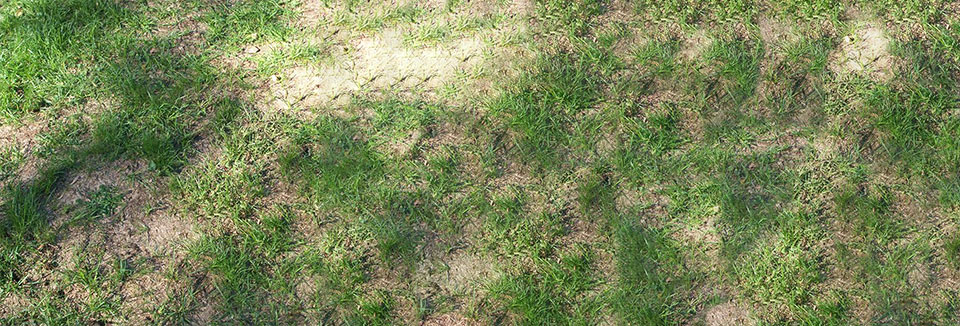How To Tackle The Five Worst Summer Lawn Care Issues
Summer lawn care can mean dealing with issues and making quick fixes to keep your lawn and yard looking nice. Weather extremes, kids, pets - all can contribute to a stressed lawn in one way or another. Let's take a look at the five worst summer lawn care issues and you can do about them now to help your lawn look good.
5. Dull and tired looking lawn
Issue: Does your lawn need a wake up call in time for the big weekend you have coming up?
Solution: Keep a bag of urea fertilizer on hand. Urea is an inexpensive, quick release synthetic fertilizer. It's not meant to take the place of your regular, slow-release nitrogen fertilizer applications. Use it that quick mid-summer green-up before your weekend gathering. Apply it at a rate of one-half pound of nitrogen (or roughly one pound of the urea product) per 1,000 square feet of lawn. Water right after application. Within two-to-three days, your lawn will green up and stay that way for up to two weeks.
4. Dog issues
Issue: Are you seeing a lot of those round patches of dried out lawn where Spot has visited? Dog urine contains a high concentration of nitrogen salts, which burns the lawn.
Solution: Immediately wash down the area where your dog has urinated with a bucket of water. Train your dog to use an area of the yard that isn't noticed or even one where you have mulch rather than grass. For a mid-summer fix-up, remove the dead grass from the dog spot and loosen the soil. Cut a piece of sod (purchased or taken from an inconspicuous area of your lawn) to fit the area and press it down firmly. Water it and be sure to keep it moist until it roots.
3. Grub invasion
Issue: Grub damage shows up in late summer and early fall. If you have wilted or dried-out patches of grass that are easily pulled up, suspect grubs. You may even see some of the white larva when you lift a piece of healthy turf near the dead patches.
Solution: While it's best to prevent grubs from hatching in the first place with a control product applied on your lawn in early summer (in the South) or in July (in the North), you can still use pesticides that contain carbaryl and trichlorfon to control the grubs that have hatched.
2. Spot problem areas
Issue: Every lawn has them - areas where the grass is worn down from foot traffic or just struggles to grow.
Solution: By mid-summer, you can assess what you might do differently. For example, if the grass is worn down under the kids' play set, maybe its time to replace the lawn there with bark mulch. If you see a pattern in the way people walk across your yard to go to the garden shed or mailbox, you may want to add a simple flag stone walkway this fall. You may also spot weeds in a certain area that have really taken hold. Make a note of it and promise to deal with the problem this fall.
1. Growing grass in shady areas
Issue: By now you know if you have a shade issue - grass that grows in thinly or not at all in shady areas.
Solution: Rectify this problem by thinning tree branches that shade the area to let in even a little more sunlight. Without some sun, grass simply can't grow. This fall, overseed the area and gently rake the seed in so it is in contact with the soil. Warm fall days and cooler nights create ideal conditions for the seed to germinate. Fertilize the grass when the leaves are turning and falling, and again next spring before they return. Avoid fertilizer in these tree-shaded areas next summer until the leaves turn again.






